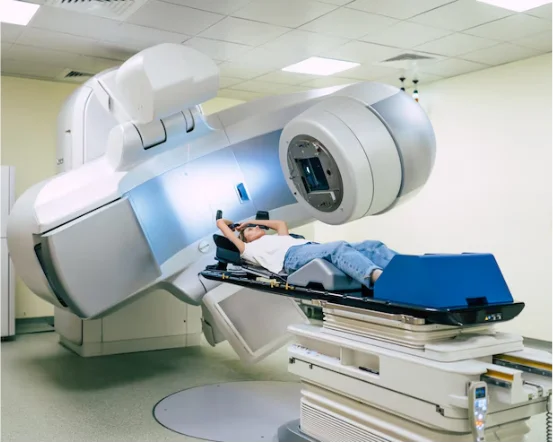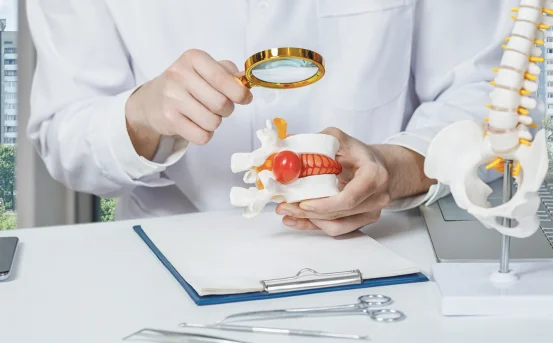Cardioversion therapy is a commonly used and highly effective medical procedure to restore normal heart rhythm in people experiencing abnormal heartbeats, particularly atrial fibrillation (AFib) or atrial flutter. If you or a loved one has been advised to undergo cardioversion, it’s natural to have questions and concerns about safety, success rates, and what the procedure entails.
The human heart beats in a carefully coordinated rhythm electrical impulses tell the heart when to contract and pump blood. But what happens when that rhythm is disrupted? You may experience palpitations, dizziness, fatigue, or even shortness of breath. These symptoms are often the result of arrhythmias, especially common conditions like atrial fibrillation (AFib) and atrial flutter, where the heart beats too fast or irregularly.
What Is Cardioversion?
Cardioversion is a medical procedure used to correct irregular heartbeats (arrhythmias) by restoring the heart’s normal rhythm. The procedure is primarily used to treat conditions like :-
-
Atrial Fibrillation (AFib)
-
Atrial Flutter
-
Supraventricular Tachycardia (SVT)
Cardioversion can be electrical or pharmacological. Both methods aim to reset the heart’s electrical system and bring back a steady, coordinated rhythm.
Types of Cardioversion Therapy
- Electrical Cardioversion :- This is the most common type, where a controlled electric shock is delivered to the heart through electrodes placed on the chest. It’s a quick, outpatient procedure done under sedation and takes only a few minutes.
- Pharmacological Cardioversion (Chemical) :- This involves the use of antiarrhythmic medications to restore normal heart rhythm. It’s typically used when electrical cardioversion is not preferred or needs to be delayed.
Who Needs Cardioversion?
Cardioversion is typically recommended for individuals with :-
-
Persistent atrial fibrillation
-
Atrial flutter
-
Rapid heart rhythms that are not responding to medication
-
Symptomatic arrhythmias causing palpitations, fatigue, or shortness of breath
Your doctor will assess your medical history, symptoms, and test results such as ECG (Electrocardiogram) or echocardiogram to determine if cardioversion is right for you.
How to Prepare for Safe Effective Cardioversion?
To ensure safety and effectiveness, your doctor will give you specific pre-procedure instructions, which may include :-
- Blood Thinners :- Patients with AFib often need to be on anticoagulant medications (like warfarin or newer oral anticoagulants) for at least 3 weeks before the procedure. This helps reduce the risk of stroke by preventing blood clots.
- Transesophageal Echocardiogram (TEE) :- This imaging test may be done to check for clots in the heart, especially in the left atrium. If clots are present, cardioversion will be postponed until they’re resolved.
- Fasting :- You may be asked to avoid eating or drinking anything for 6–8 hours before the procedure, especially if sedation is planned.
What Happens During the Procedure?
For Electrical Cardioversion :-
-
You’ll lie on a hospital bed with monitors to track your vital signs.
-
A sedative is administered through an IV to ensure comfort.
-
Sticky electrode pads are placed on your chest (and sometimes back).
-
A synchronized electric shock is delivered to reset your heart’s rhythm.
-
The entire process takes about 10 to 30 minutes.
For Pharmacological Cardioversion :-
-
Antiarrhythmic medications are given orally or through an IV.
-
Your heart rhythm is continuously monitored.
-
If the medication is effective, your heart rhythm will return to normal within a few hours.
Is Cardioversion Safe?
Yes, cardioversion is generally a very safe and effective procedure, especially when done in a hospital setting by trained professionals. The success rate of electrical cardioversion for restoring normal rhythm in AFib is approximately 70% to 90% on the first attempt.
Potential Risks and Complications Include :-
-
Blood clots leading to stroke (especially if not on blood thinners)
-
Irregular heart rhythms (arrhythmias) immediately after the procedure
-
Skin irritation or burns at electrode sites (rare)
-
Reaction to sedatives or medications
-
Low blood pressure (usually temporary)
However, with proper preparation and monitoring, the risk of serious complications remains very low.
Recovery After Cardioversion
After the procedure, you’ll be monitored for a short time usually 1–2 hours until the sedation wears off. In most cases, you can go home the same day.
Post-procedure care tips :-
-
Arrange for someone to drive you home.
-
Resume eating and drinking as soon as you feel fully awake.
-
Take prescribed medications exactly as directed.
-
Watch for any unusual symptoms like chest pain, dizziness, or shortness of breath.
Your doctor may prescribe blood thinners for at least 4 weeks after cardioversion to reduce the risk of stroke.
Long-Term Results: Will Cardioversion Keep My Heart in Rhythm?
Cardioversion can successfully restore normal rhythm, but it may not be a permanent fix, especially if the underlying cause of the arrhythmia isn’t addressed.
Factors affecting long-term success :-
-
Duration of atrial fibrillation before treatment
-
Size and function of the heart’s atria
-
Underlying health conditions like high blood pressure, diabetes, or thyroid disease
Your doctor may suggest lifestyle changes, medications, or catheter ablation if AFib keeps recurring.
Tips to Keep Your Heart in a Healthy Rhythm
To improve the long-term success of cardioversion, consider the following :-
-
Take medications as prescribed, including antiarrhythmics and blood thinners
-
Manage blood pressure and cholesterol
-
Exercise regularly, but avoid excessive strain
-
Limit alcohol and caffeine intake
-
Avoid smoking
-
Maintain a healthy weight
-
Treat underlying conditions like sleep apnea or thyroid issues
When to Call a Doctor After Cardioversion
Contact your healthcare provider right away if you experience :-
-
Severe chest pain or pressure
-
Fainting or dizziness
-
Shortness of breath
-
Fast, irregular, or fluttering heartbeat
-
Signs of a stroke (e.g., facial droop, weakness, slurred speech)
Prompt attention ensures that any complications are addressed immediately.
Conclusion
Cardioversion is a well-established, low-risk procedure that offers significant relief from arrhythmias like atrial fibrillation. With proper preparation, close medical supervision, and lifestyle changes, it can dramatically improve your heart rhythm, energy levels, and overall quality of life.























